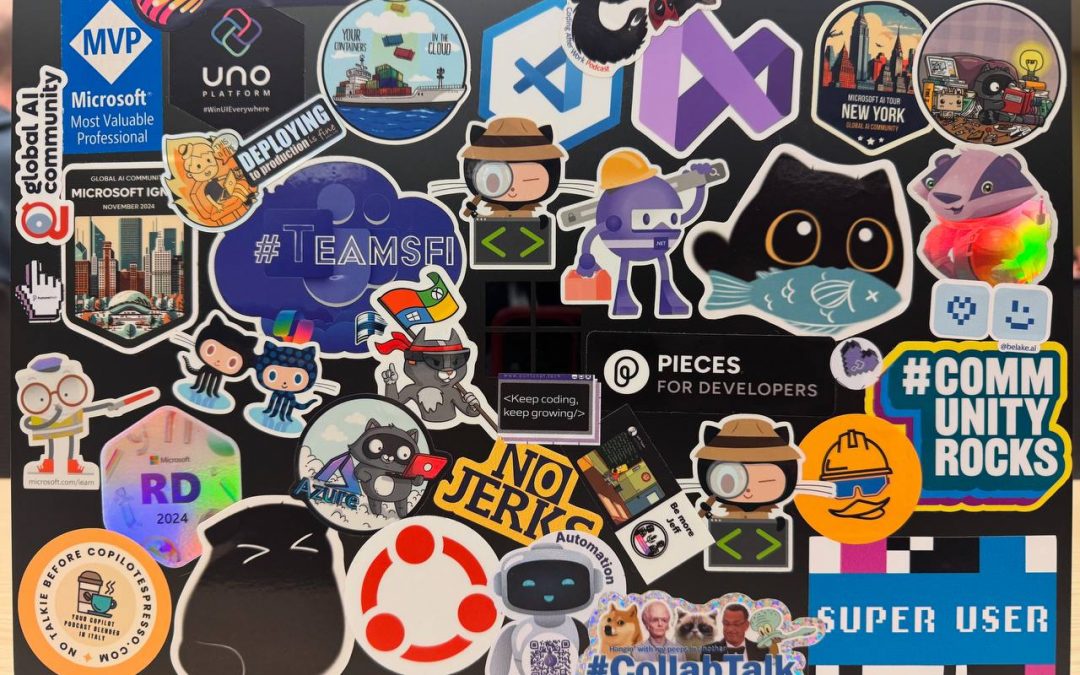
The Anatomy of an Uno Platform Solution
Understanding the structure of an Uno Platform solution is essential for effective cross-platform development. This article examines the “black magic” behind Uno Platform’s architecture, breaking down the main components: the shared project containing cross-platform code, platform-specific head projects, and critical build configuration files. We explore the power of Uno.Sdk, which simplifies development with automatic package management through UnoFeatures, target framework specifications, and single-project configuration. By leveraging this structured approach, developers can maintain a single codebase targeting multiple platforms, dramatically reducing complexity while ensuring consistent experiences across Windows, iOS, Android, macOS, and WebAssembly.

Running Docker on a Windows Surface ARM64 Using WSL2
Discover how to install and run Docker Community Edition on a Microsoft Surface with ARM64 architecture using Windows Subsystem for Linux 2 (WSL2). This step-by-step guide walks you through the entire process, from preparing your WSL2 environment to verifying your Docker installation is working properly. Perfect for developers with ARM-based Windows devices looking to leverage containerization without compatibility headaches.

My Microsoft MVP Summit Experience
It’s been a week since the Microsoft MVP Summit. In Istanbul, I was lucky to rest in the airport’s business lounge before my 15-hour flight to Seattle. After overcoming arrival challenges, I enjoyed meaningful conversations with Jerome from Uno, Mads Kristensen, Jeremy Sinclair, and James Montemagno.

Getting Started with Uno Platform: First Steps and Configuration Choices
Discover the essentials of creating applications with Uno Platform. This guide walks you through the initial setup process, from project creation to configuration choices, helping you navigate framework selection, target platforms, presentation patterns, and more. Learn from my two-week journey and make informed decisions for your Uno Platform projects.

Connecting WASM Apps to APIs: Overcoming CORS Challenges
Connecting WebAssembly apps to APIs can be challenging due to CORS restrictions. After struggling with WCF services, I discovered that Uno Platform makes this integration surprisingly seamless. Understanding CORS is essential—it’s a security feature that controls cross-origin requests in browsers, requiring proper server configuration to enable WASM-to-API communication.




